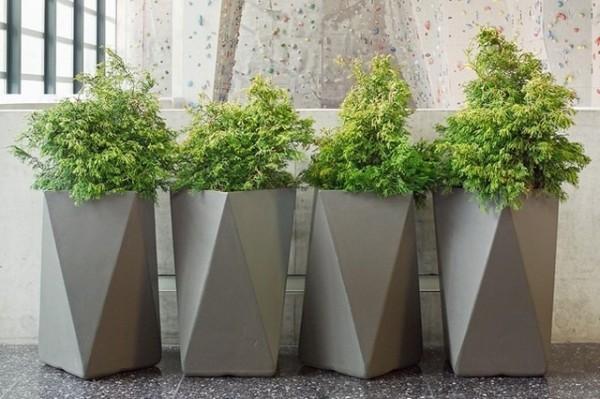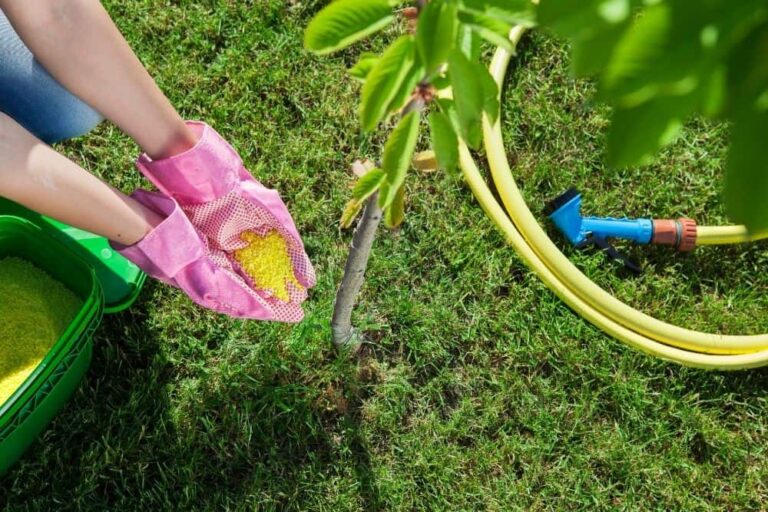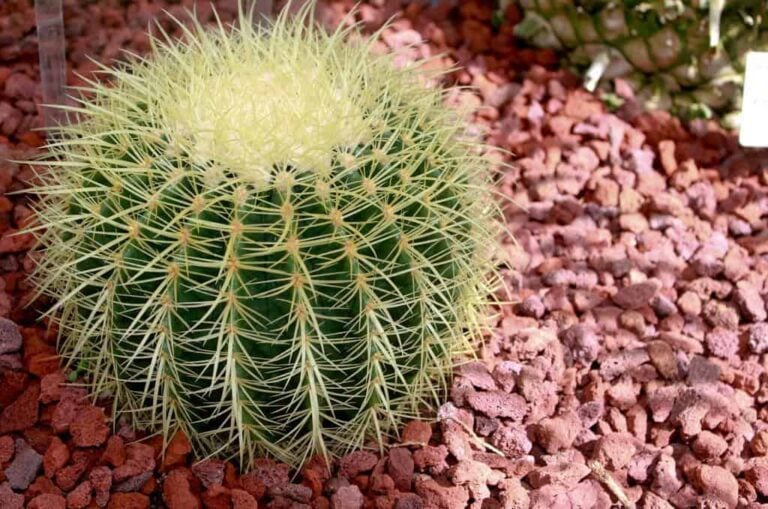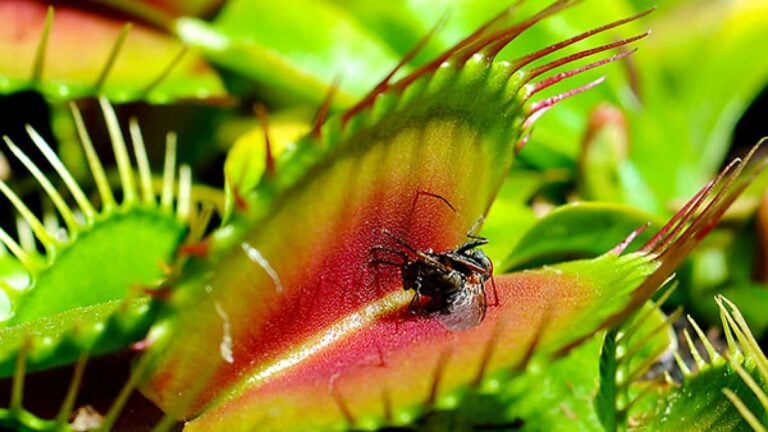Guide to Growing the Dracaena Marginata
The Dracaena marginata, a shrub, and member of the Agavaceae family is a tall, leafy potted plant in many homes and businesses. It may grow up to six feet tall unless pruned. Although popular as an indoor plant, many people also plant it as an ornamental border for outdoor gardens. It’s sometimes called by its familiar name, the Madagascar Dragon Tree. Like other Dracaenas, you can grow it indoors and outdoors without extensive watering or care requirements.
Types of Dracaena Marginata Plants
All Dracaena Marginatas are hardy plants with slender, upright stems, and glossy, lance-shaped leaves. The Dracaena Marginata’s thin stems have a rosette of ribbon-like leave at their peak. These slow-growing trees reach up to six feet high.
Choose from three types of Dracaena Marginata plants, all with colorful, arching leaves. The most common leaf, found on the generic Dracaena marginata, features a green base with reddish-purple edges. The marginata tri-color displays green leaves with red and yellow strips. A marginata colorama’s leaves are yellow and green with broad red stripes on each side.
Regardless of the leaves’ coloring, Dracaena marginata plants have the same the soil and watering requirements. All Draceana Marginatas aren’t merely ornamental, as they purify air and helps keep your home allergen –free.
Light, Temperature and Soil Requirements
Make sure container is well-drained. Use a potting soil with a loamy soil (a mixture of silt, sand, and clay), along with some peat. Like all Dracaenas, the marginata flourishes in a humid atmosphere. Mist the leaves occasionally, and keep the plant away from dry rooms with excessive central heating.
Indoor Dracaena marginata plants thrive at a temperature of 60 to 70 degrees. Place the plant behind a gauzy curtain or other location where it can get indirect sunlight. Bright sunshine scorches the leaves.
How to Water Dracaena Marginata
Your watering can won’t get much of a workout when you have a Dracaena marginata. Water every two weeks or three weeks in the winter. Keep soil slightly moist. Never drench or over- water. If you’re watering your plant too often, it results in yellow leaf tips or dark tips on pale young leaves. Canes may become mushy.
Use distilled water on Dracaena marginatas. Fluoridated water causes yellowing of the tips or scorched areas on leaves.
Dracaena marginatas originated in the jungles of Madagascar, so it’s a little harder to under-water these plants, but it does happen. Parched Dracaena marginatas have drooping leaves.
For more tips on care requirements for a Dracaena marginata plant, check out garden expert Nell Foster’s video “Growing Dracaena Marginata ” from the JoyusGarden YouTube Channel
Planting and Propagating Dracaena Marginata Plants
Use stem and cane cuttings to propagate new plants. Dip the stem cuttings in rooting hormone, and put a few inches of the stem in potting soil deep and wide enough to accommodate it.
According to the Texas A & M Agrilife Extension, a cane cutting for plant propagation should contain 2 to 3 inches of the stem.
Planting Dracaena Marginata Outdoors
Find a spot in your garden that has filtered light. Once you’ve found a place make sure it has slightly moist soil that drains well. Dig a hole that’s twice as big as the root of the plant. The soil should be able to handle the root system with room to spare. Stomp on the hole before planting to test the soil for firmness.
Once planted, water two or tree times a week for three weeks, then water once a week.
For more details on methods used to propagate Dracaena marginata, check out ‘How to Propagate Dracaena marginata” from the EcoCrowd YouTube Video Channel.
Repotting Dracaena Marginata Plants
Repotting may be necessary every two years, usually best accomplished during the spring. When you see lower leaves on the stem turn yellow or shed- you haven’t done anything wrong. It’s preparing for new growth. Remove yellowed leaves by gently pulling downward. They’ll come right off.
Remove and leaves or canes rotted. Prevent the plant from growing too high by “topping” it, a term for cutting the center stem at the top. Topping helps the branches grow out, so you won’t need to do further maintenance to manage the height.
Prune a Dracaena marginata with small, one-handed pruning shears or a cutting knife. Remove stems when they don’t grow in tandem with the rest of the plant. Pruning a lower stem boosts growth of the upper part of the plant. You can cut back to the main trunk, or to any length you desire, to produce a new branch.
Check the bottom of your pot to see if roots are knotting through the drainage hole If so, you’ll need to repot. Your new pot should be one to three inches bigger than the current pot.
Press the bottom of plastic pots to squeeze out the rootbound plant. Loosen soil from the roots, and remove spoiled roots. The roots should hang straight down instead of spiraling down. (Spiraling roots indicate a rootbound plant.)
Put slightly acidic potting soil in the new pot and place the plant, so it’s sitting at the same height as the old pot. Water the plant, and you have a new, healthy repotted Dracaena marginata.
Other Dracaena Marginata Maintenance Tips
Spider mites and scales may occasionally infest leaves, usually when the insects brought in from outside. All types of Dracaena marginata are toxic to dogs and cats.
Here’s a rundown on some problems you may encounter with your Dracaena marginata and what causes them:
- Soft brown leaves
You may be setting the temperature too low or watering the plant too often. Inspect the soil, and cut down on watering if it’s too wet. Turn the thermostat up or move the plant to another location if the room is too cold.
- Brown leaf tips
There are several causes for this, including too cold or dry air and under-watering. Check your plant and adjust the humidity, temperature, or watering schedule
- Rot or discoloration on leaf tips
Fluoride, boron or soluble salts contribute to rotting leaf tips. Use distilled water instead of tap water to water your plants. Adjust the soil pH to 6 to 6.5. Stop using fertilizers with phosphorous or superphosphate, which may contain fluoride. (source)
You May Also Read – Staghorn Fern Maintenance Guide
Photo by Maja Dumat licensed under CC-BY 2.0




